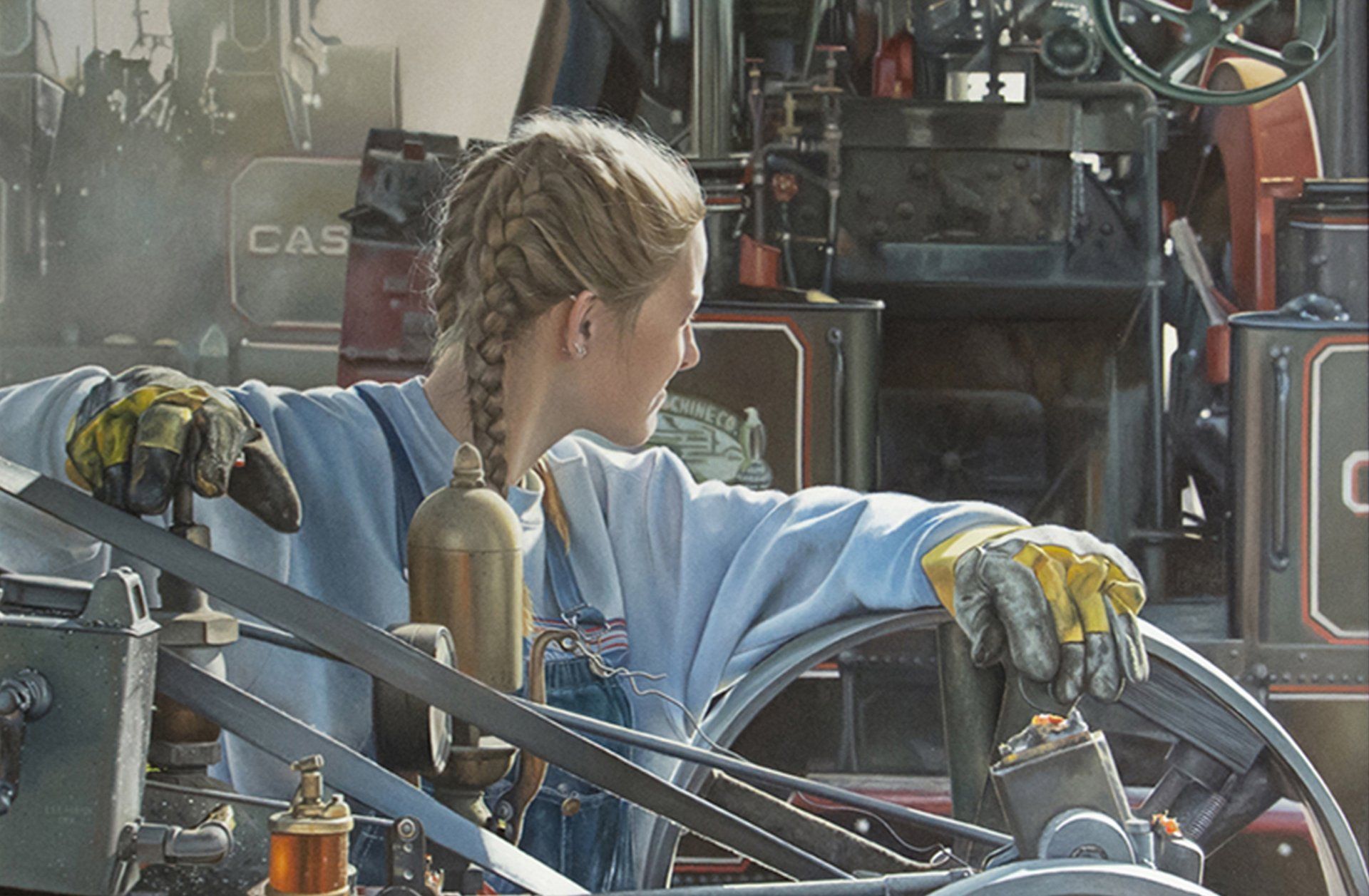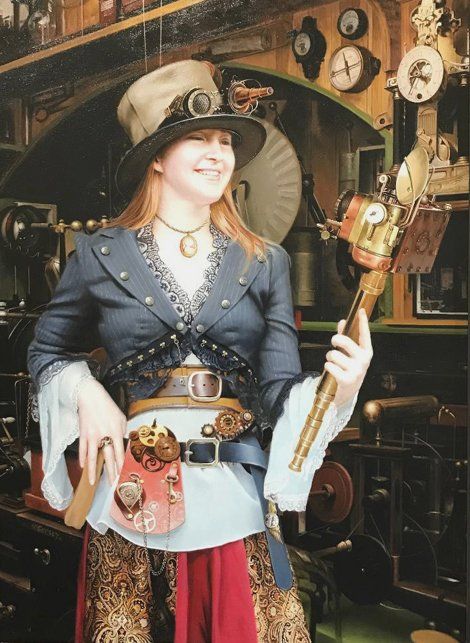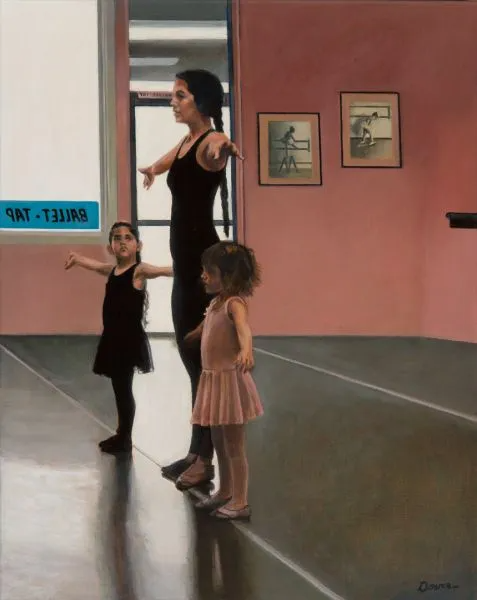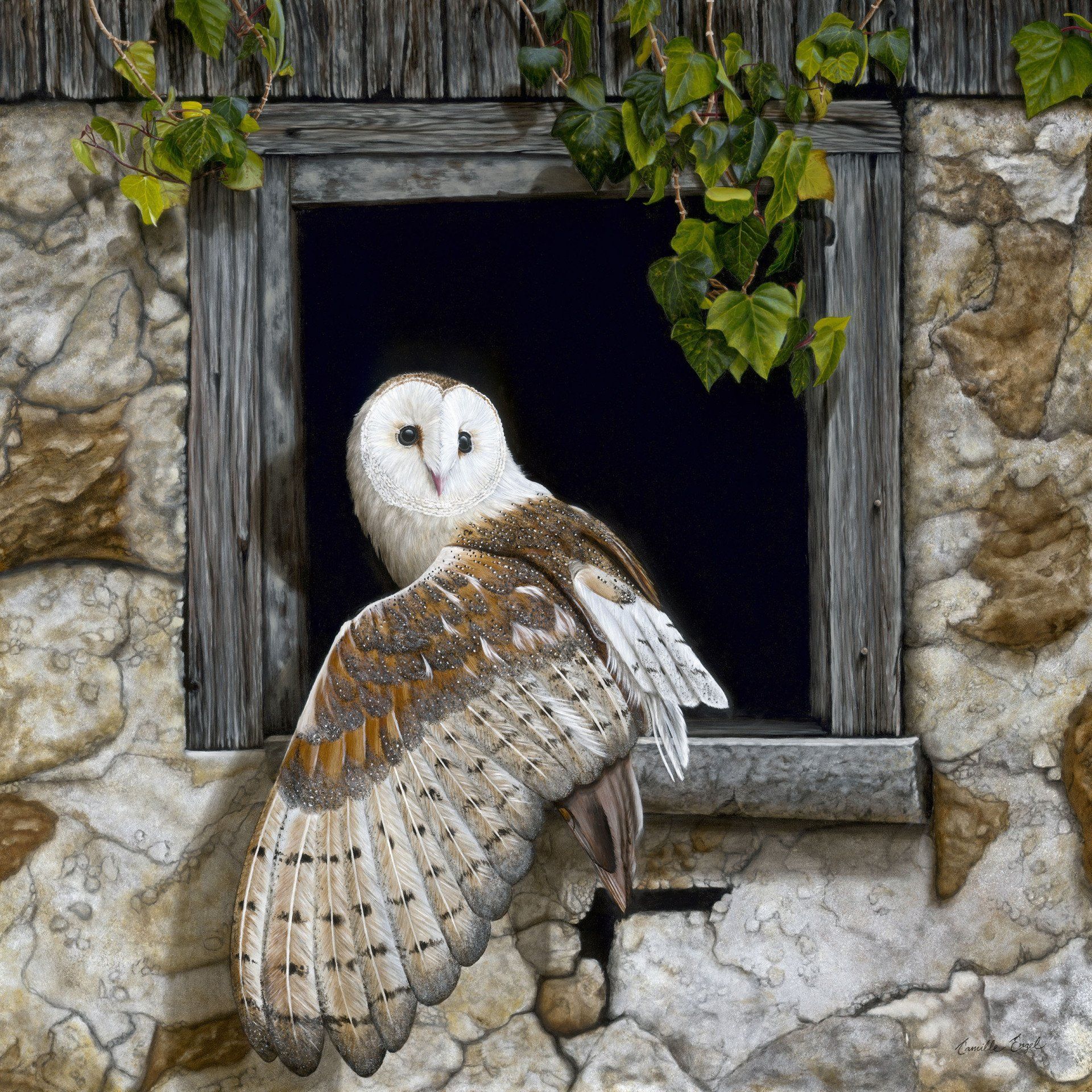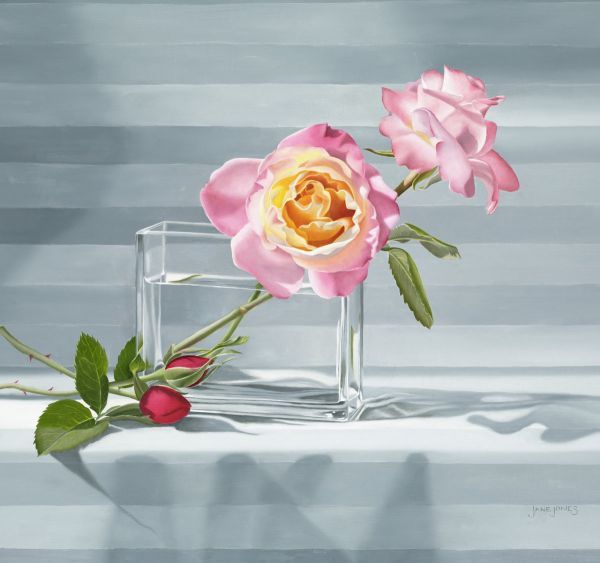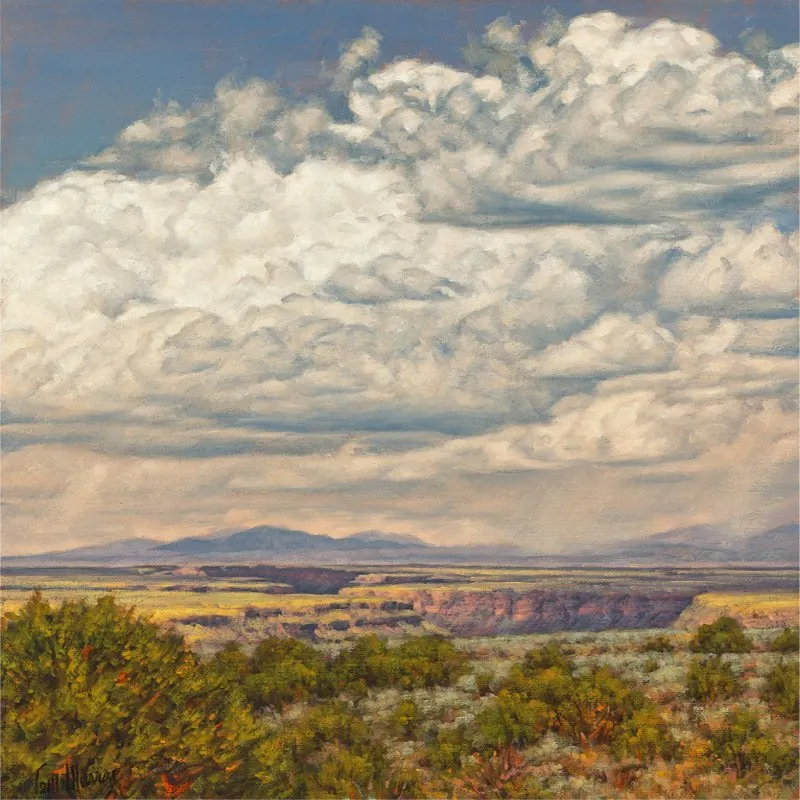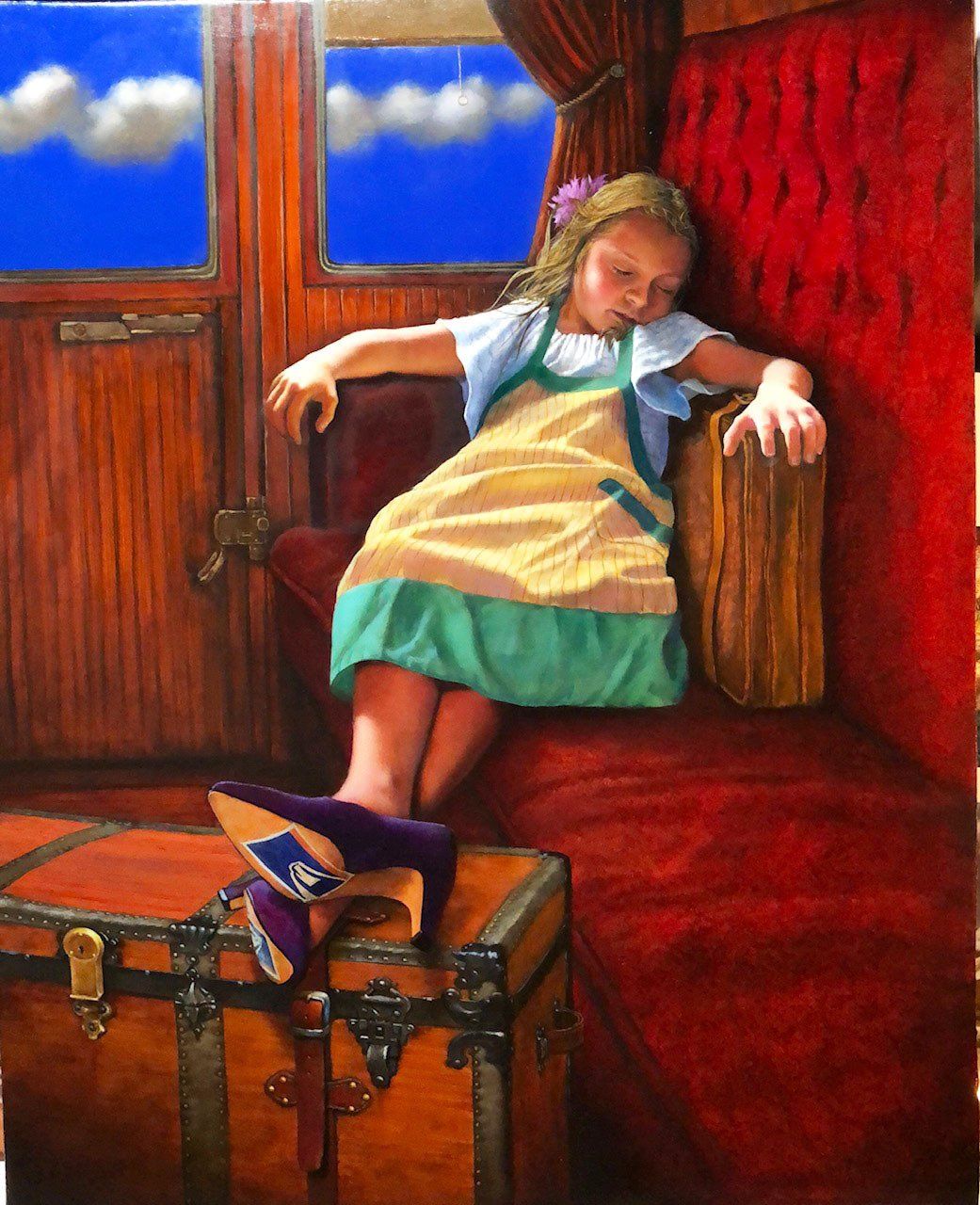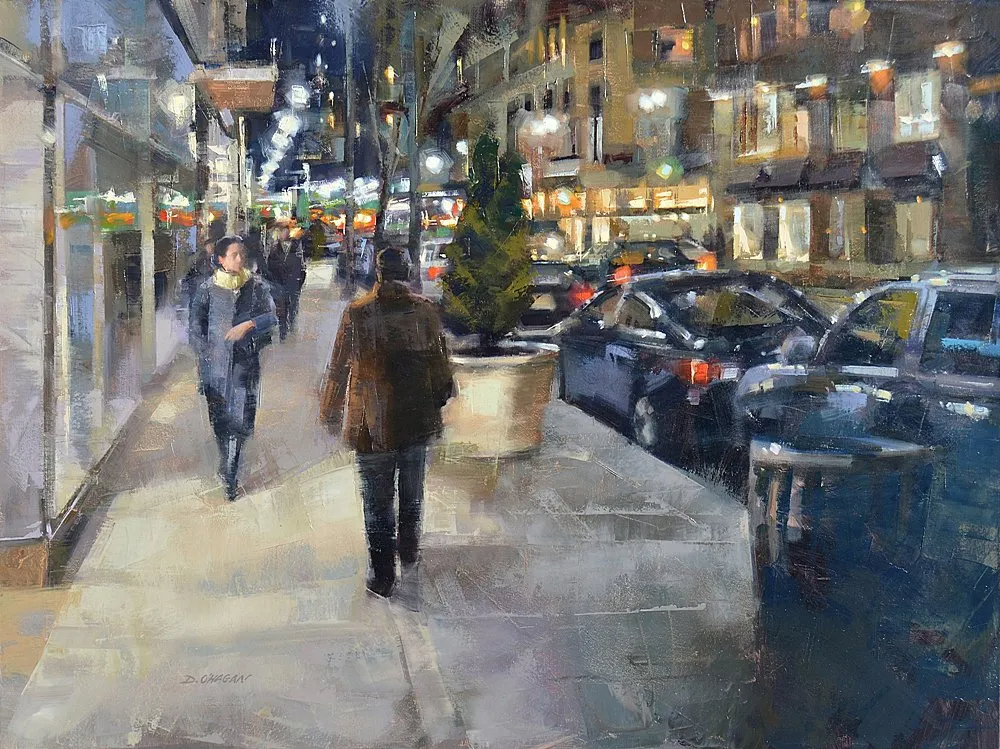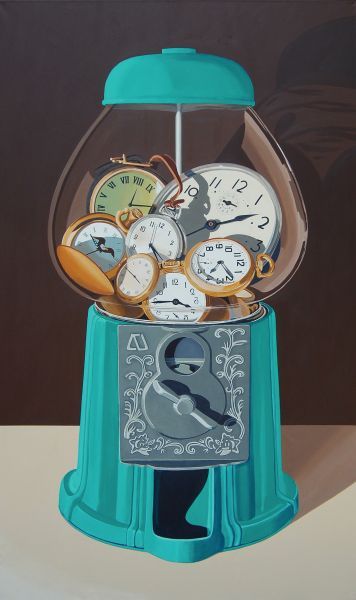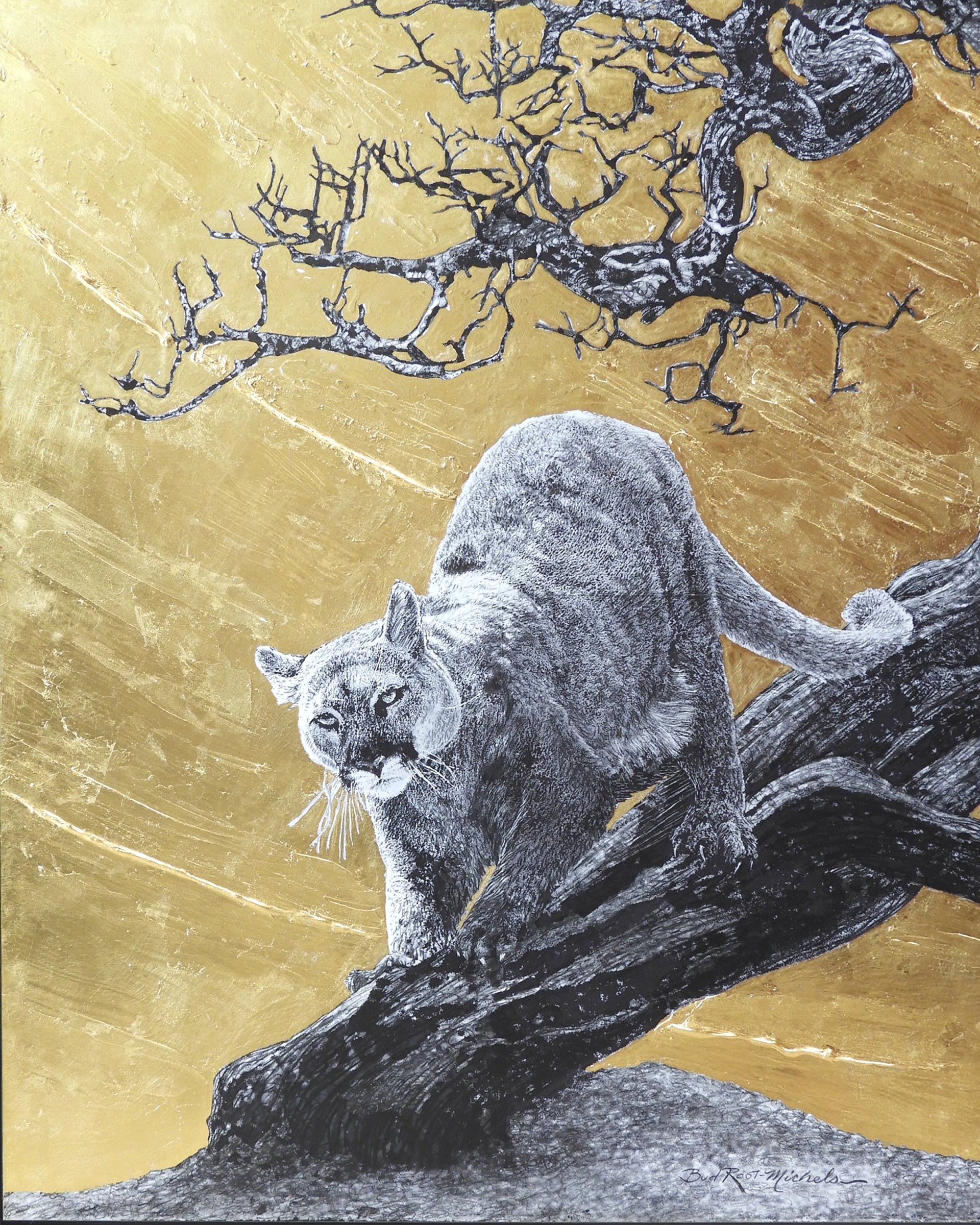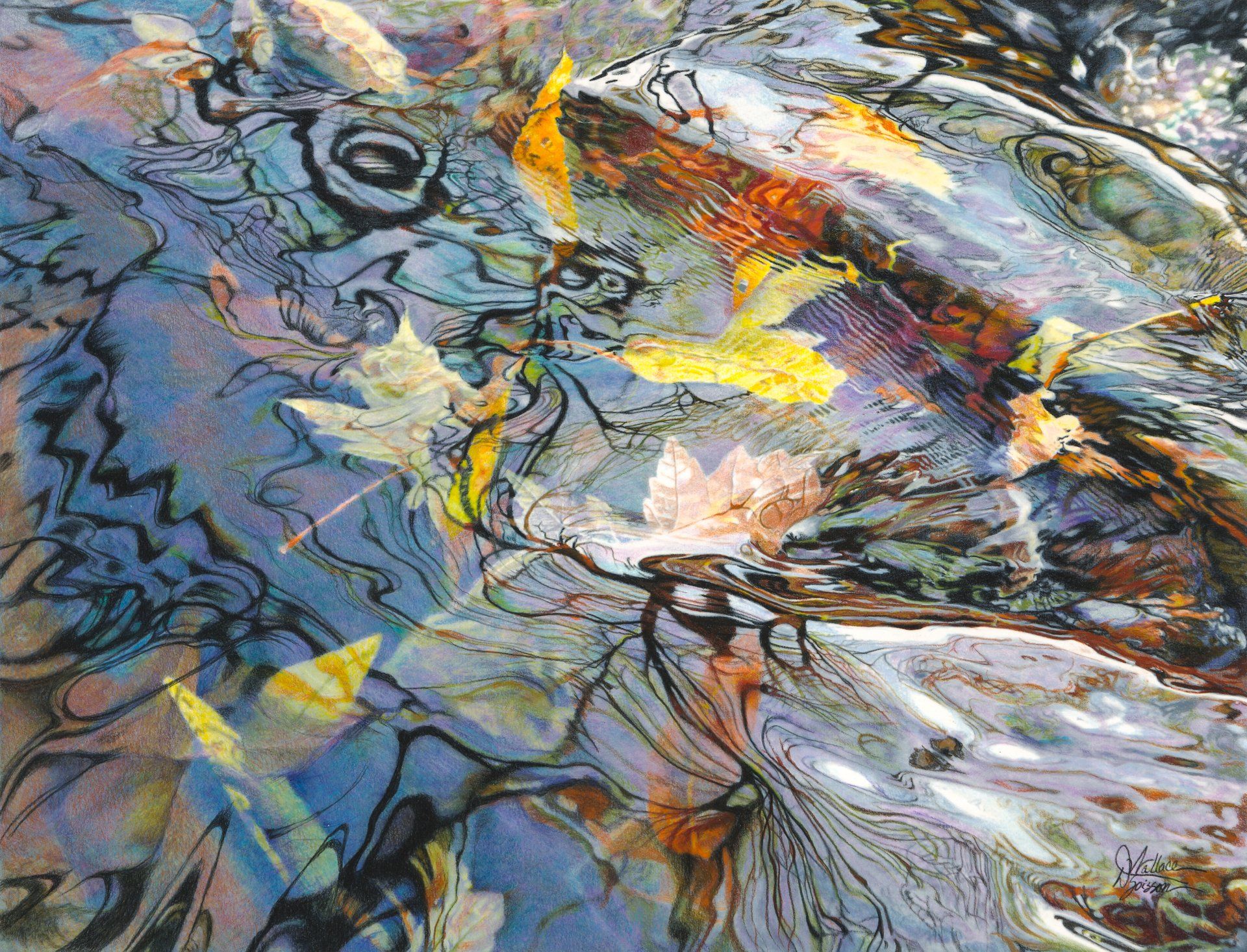John Green Bio
After retirement from the leadership of a four generation mining business, a brief introduction to woodturning quickly evolved into an addiction. A new wood lathe showed up and chips began to fly. "With a lot of practice, guidance from local turners, and an array of professional wood turners, I got better at it. My skill level eventually elevated to a point that deciding the best way to craft a work piece was the issue, instead of whether or not I could do it. A recognizable style evolved based primarily on lathe-turned forked limbed sculptures. The size and weight of some of the pieces exceeded the capacity of available wood turning equipment, so I designed and built a custom lathe that was capable of handling the big pieces. A turning method to create nonsymmetrical pieces evolved from the use of the custom equipment. All of these things led to the creations of some unique pieces."
Further evolvement of the process let to incorporating bronze and glass into some of the forked limbed pieces. These mixed media sculptures project flowing whimsical images that reflect movement and purpose of natural and mythical creatures.
"Access to a quality, artistic bronze foundry in the rural area where I live became a real problem. At age 74, I took advantage of an opportunity to acquire all of the used, but very serviceable foundry equipment of a long-established foundry business. It has been a challenging learning curve, but it has been worth it. By necessity, new skills had to be obtained. Fortunately, these new skills afforded different approaches and insights as to what can be done to improve the creation of sculpture works. These different approaches have definitely enhances the scope of my work. I have had the privilege of sharing the learning curve with my good friend and artist, Jim Creel. Even though we have two distinct styles, we have done several collaborative pieces together and plan to continue learning from each other."
"My family business career included exposure to several industries; most of it related to the mining industry. The family business centered around sand and gravel mining in the southern part of the USA. Our active mines literally moved millions of tons of sand and gravel annually. There was nothing in this lifestyle that had anything to do with art. Transition to artistic endeavors took time and a change of attitude. For a design engineer, form follows function. What mining equipment looks like is low on the list of design criteria. There are rules based on physics and numerical standards of performance that can be quantified. If the equipment or process does not meet or exceed these standards, it is a failure. For an artist, the goal is to create something that they or someone else likes. There are no hard and fast standards, just the opinion of each individual."





